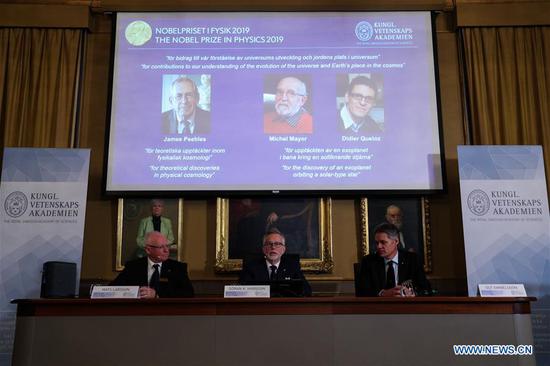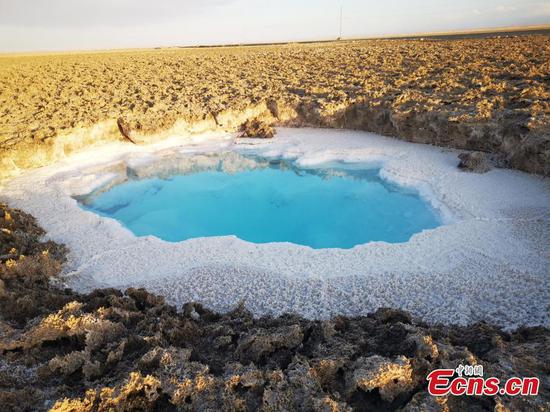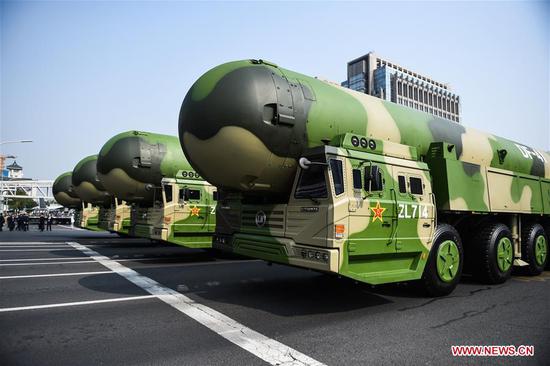Study shows clean-up measures are taking effect and pollution levels falling
China has slashed levels of pollution from its thermal power plants over the last five years and is on track to meet a key emissions goal for 2020, according to a new study.
Researchers from China and the United Kingdom have determined that between 2014 and 2017, China more than halved power plant emissions of sulphur dioxide, nitrogen oxide and particulate matter. The three pollutants all contribute to the formation of smog, which is linked to health problems.
The team of researchers analyzed emissions from thermal power plants, which burn coal, oil, natural gas or biomass to produce energy, with a particular focus on coal-fired power plants as these are the major contributors to ambient air pollution.
According to the study, which was published in the journal Nature, levels of sulphur dioxide emissions in China fell from 2.21 million metric tons in 2014 to 0.77 million tons in 2017, a reduction of 65 percent. Nitrogen oxide and particulate matter levels also fell, by 60 percent and 73 percent respectively.
The study suggests that China is on track to meet its target of 60 percent reduction of pollutants across all power plants by 2020. The researchers used data on emission concentrations collected by China's Continuous Emission Monitoring Systems network, which covers up to 98 percent of Chinese thermal power capacity.
"This is encouraging news for China, as well as other countries wishing to reduce their power emissions," said Mi Zhifu, a climate change economist from University College London, or UCL, who co-authored the study. "Thermal power plants combusting coal, oil, natural gas and biomass are one of the major contributors to global air pollution."
The study was carried out by researchers from UCL and Cambridge University in the UK, in collaboration with five universities in China, and was supported by the Chinese Academy of Sciences and China's Ministry of Ecology and Environment.
Mi said the results demonstrated the technical and economic feasibility of controlling emissions from power plants, which he described as "an important step towards reducing the number of deaths attributable to air pollution".
China set its 2020 emissions target in 2014, when it introduced an ambitious "ultra-low emissions" policy and measures to renovate and upgrade existing coal-fired power stations. The following year, China also provided financial incentives to power plants that met new emissions standards.
"With coal being the most widely-used fuel in China, cutting the number of thermal power plants within a short timeframe would be challenging," said Mi. "The results of this research are encouraging in demonstrating that coal can be used in a much cleaner way to generate electricity."


















































